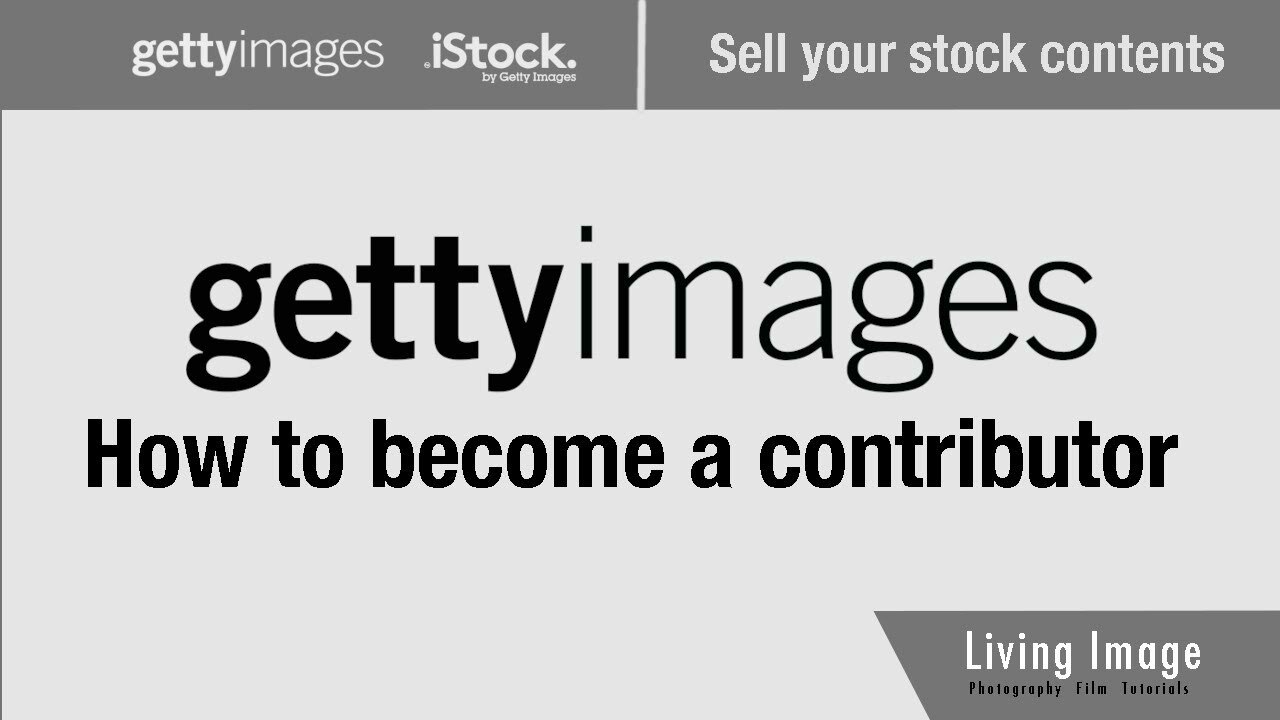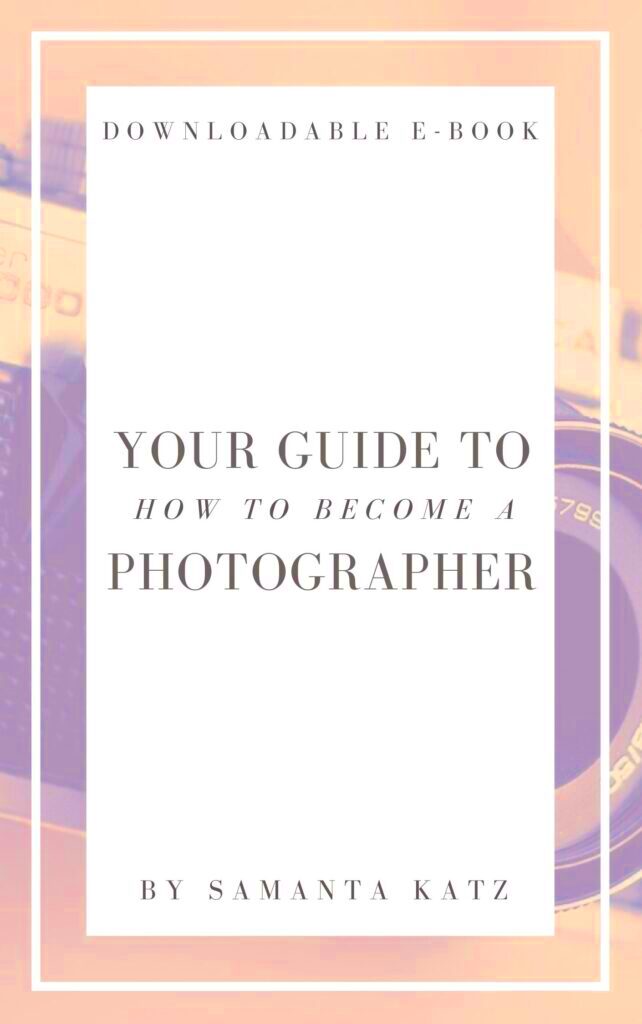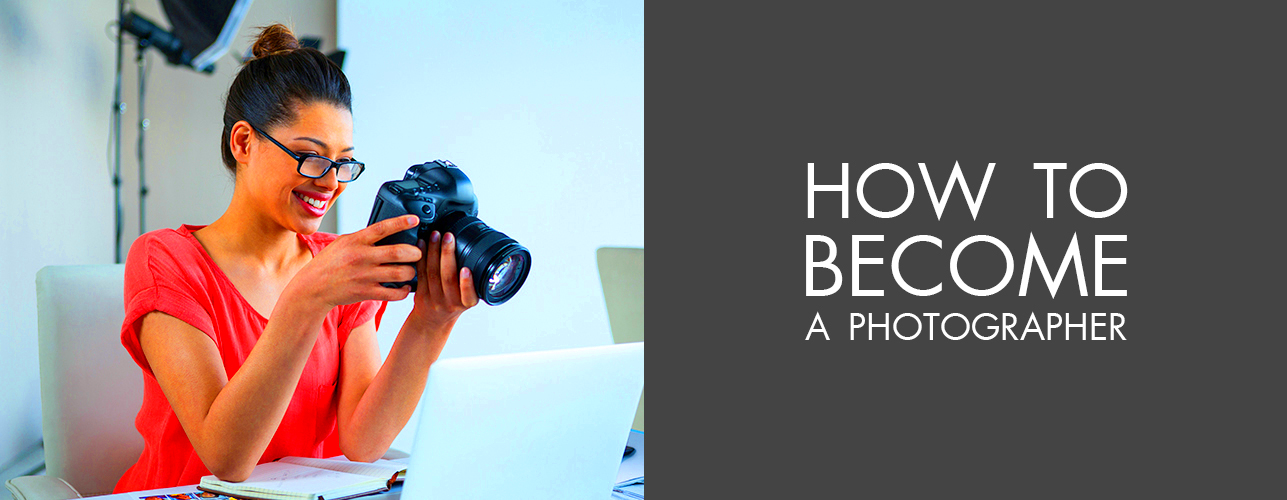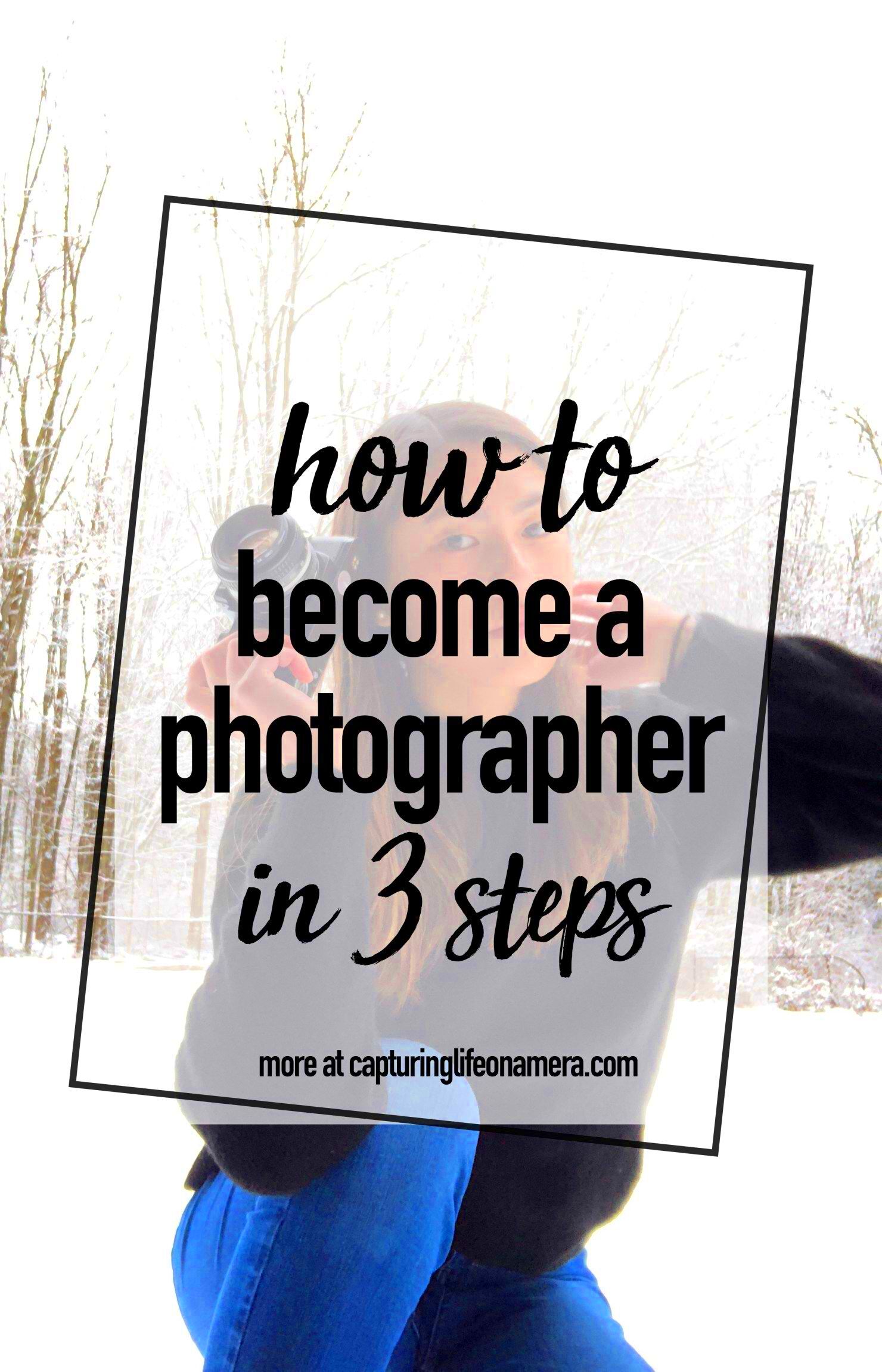Joining
Getty Images as a photographer is like entering a realm where your love for photography finds its place on a stage. I can still recall the moment I discovered
Getty Images it felt like an elusive fantasy to see my work showcased there. However as I explored further I came to understand that it’s not merely about taking photos; it’s about freezing moments that strike a chord with individuals around the globe.As a photographer for Getty you're not simply showcasing pictures; you're offering material that can be featured in various places like ads, publications and even on television. It's a significant responsibility since your creations must adhere to top notch quality benchmarks. However, don't let that overwhelm you! If you have a passion for telling stories through your camera this could be an incredibly rewarding journey.It's not solely about looks, but also about significance. Take for instance the time I shared a straightforward portrait that I didn't give much thought to. To my surprise it was chosen for a campaign due to its portrayal of a relatable feeling. That's the beauty of being a
Getty Images photographer – you never know how your art will be used!
Steps to Join Getty Images as a Photographer

When I made the choice to submit my application to
Getty Images I was initially daunted by the procedure. However it turned out to be rather simple. Here's a breakdown of how you can navigate through it:
- Create an account: Start by signing up on the Getty Images website. You’ll need to provide basic details like your name and email.
- Submit your portfolio: This is where you put your best work forward. Make sure to include a variety of images that showcase your skill and creativity.
- Wait for approval: After submitting your portfolio, there’s a waiting period. It might take a few weeks before you hear back. Use this time to refine your photography and explore new techniques.
- Follow the guidelines: Getty has strict guidelines, so make sure your images align with their technical and creative requirements. I once had to rework a few photos because I missed some of the finer details.
Receiving that approval email brings an amazing sense of joy! It means you can now share your creations properly label them and offer them to clients across the globe.
Requirements for Contributing to Getty Images

To get your photos accepted by
Getty Images you have to meet certain criteria. They don't take any old picture. When I first started out I was unsure about the type of images they were looking for but eventually I figured it out. Let me give you an overview of the key requirements.
- High-quality images: Getty is extremely particular about image quality. This means no blurry, pixelated, or underexposed shots. Your photos need to be technically sound.
- Model and property releases: If you're submitting photos with recognizable faces or private property, you need to provide the proper releases. This is something that tripped me up initially—I had some great street shots that were rejected because I didn’t have the necessary permissions.
- Relevance: Think about the types of images that people are actually searching for. From current events to everyday life, your photos should have a broad appeal.
- Metadata: Each image needs accurate keywords and descriptions. This might sound tedious, but trust me, the right keywords can help your images get noticed. Once, a photo I tagged with a niche keyword unexpectedly became popular!
Navigating these expectations may appear daunting initially however with perseverance and an open mindset it becomes significantly smoother. And when your efforts are ultimately recognized it makes all the hard work worthwhile.
How to Prepare Your Photography Portfolio for Getty

As I was getting my portfolio ready for
Getty Images I have to confess I felt a bit on edge. Its quite daunting to think that industry experts will be judging your creations. However I discovered an important lesson during this process. Getty is not seeking flawlessness. What they truly value is genuine expression relevance and above all excellence.Your portfolio should reflect your identity as a photographer. Whether your focus is on landscapes, portraits or spontaneous street shots make sure to showcase a range that showcases your distinct style. One suggestion that proved beneficial for me was considering the types of images that individuals might find useful. For example one of my landscape photographs taken at a serene hill station was selected for a global travel campaign. You never know what opportunities may arise!Here are some key elements to include:
- Diverse Subjects: Show that you can handle different types of photography—people, places, events, objects.
- Quality over Quantity: Don’t overload your portfolio with too many images. Choose about 15-20 of your best works that truly represent your capabilities.
- Post-processing: While post-editing is important, avoid overdoing it. Keep your photos as natural as possible. A slight contrast adjustment is fine, but heavy filters might not appeal to Getty’s editors.
- Consistency: Your style should be visible throughout the portfolio. If you love dramatic lighting, stick with that. If you prefer vibrant colors, showcase that as your strength.
Above all, avoid hurrying through this journey. Give yourself the space to carefully select your finest creations. It took me a few weeks to polish my portfolio, but when I eventually pressed that submit button I felt assured about my showcase.
What to Expect After Getting Accepted
Getting that acceptance email from Getty Images was truly a moment in my photography journey. But what comes after that? Let me give you a sneak peek its not an instant success story, but rather a gradual ascent.Once you're in you can start uploading your pictures straight onto the Getty platform. But getting accepted doesn't guarantee that every photo you submit will be approved. Getty sticks to strict criteria for every submission. I recall feeling somewhat annoyed at first when a few of my submissions were turned down even after I had been accepted. But it's just part, of the journey.Here’s what to expect:
- Image review process: Each photo you upload goes through a review process. It can take a few days before you get the results. Sometimes, they’ll give feedback on why an image was rejected, which is quite helpful.
- Patience is key: Sales don’t happen overnight. It might take a few weeks or even months for your photos to start selling. But when they do, the feeling is incredible. My first sale was a candid shot of a street vendor that I almost didn’t upload—it ended up being used in an online magazine!
- Consistency matters: The more consistently you upload, the better your chances of getting noticed. It’s about staying active and keeping your portfolio fresh. I try to upload new work at least once a month.
In the end, reaching a point of acceptance is not the conclusion of the journey but rather a new starting point. Continuously strive for growth, practice patience and allow your love for photography to radiate brightly.
Common Mistakes to Avoid as a Getty Images Photographer
We all mess up and as a Getty photographer I've had my moments too. If I could turn back time and share some wisdom with my younger self it would be about a few mistakes that can really hinder your progress.Here are some mistakes you should avoid:
- Ignoring Getty’s guidelines: One of the biggest mistakes I made early on was not fully understanding Getty’s technical requirements. I submitted some beautiful images that were rejected due to minor technicalities—blurry backgrounds, poor lighting, etc. Always make sure your images are sharp, well-lit, and meet their exacting standards.
- Not tagging properly: I can’t stress this enough—proper tagging is crucial. I had some great photos that didn’t get any views simply because I didn’t use the right keywords. Take time to accurately describe your image with relevant tags. Think about what a buyer might search for and include those keywords.
- Being impatient: I used to get discouraged when my images didn’t sell right away. But I’ve learned that patience is part of the game. Some of my photos that didn’t sell for months eventually found their way into high-profile campaigns.
- Uploading too much at once: It might be tempting to flood the platform with dozens of images in one go, but it’s better to focus on quality over quantity. Take your time with each upload to ensure that every image is of the highest standard.
- Neglecting releases: If your photo contains identifiable people or private properties, you need a release. I once had an amazing candid shot rejected because I didn’t have a model release.
Steering clear of these blunders won guarantee success right away, but it will certainly boost your odds of leaving your imprint on Getty. Take lessons from every encounter and watch yourself evolve as a photographer.
Frequently Asked Questions
When I joined Getty Images I was flooded with questions and I can relate to the challenge of exploring uncharted territory. So let me share some frequently asked questions that I’ve encountered along with my personal insights based on experiences.
How long does it take to get approved by Getty Images?
The approval process can take anywhere from a few days to a couple of weeks. In my case, I waited for about two weeks before I got the green light. It’s worth the wait, so hang in there!
Do I need to be a professional photographer?
No, you don’t need to have a fancy degree or years of experience. I started with just a passion for photography and a good portfolio. Getty is more interested in the quality and relevance of your images rather than your professional status.
Can I upload images that I’ve already sold elsewhere?
It depends on the license. If you’ve sold the image under an exclusive license to another platform or client, then no. But if it was a non-exclusive license, you’re free to upload it to Getty. I always keep track of my licenses to avoid confusion.
Payments are made through PayPal or Payoneer, and Getty sends them once your earnings reach the payout threshold. I personally prefer PayPal for its ease of use. The first time I got paid for my work, it felt surreal!
What happens if my images are rejected?
Don’t lose heart if your photos get rejected—it’s part of the learning process. I’ve had several rejections, especially in the beginning. Getty often provides feedback, so use that to improve and try again. It’s all about persistence.
Conclusion
Embarking on a path as a Getty Images photographer is an adventure brimming with chances to express your artistic flair on an international stage. While the road may not always be smooth and challenges are bound to arise, the journey becomes fulfilling with perseverance and a genuine love for photography. Whether you're a veteran in the field or a newcomer the secret lies in continuously expanding your knowledge and staying persistent.Believe me when you witness the profound influence of your images making waves globally it's all worth the effort.
 When I made the choice to submit my application to Getty Images I was initially daunted by the procedure. However it turned out to be rather simple. Here's a breakdown of how you can navigate through it:
When I made the choice to submit my application to Getty Images I was initially daunted by the procedure. However it turned out to be rather simple. Here's a breakdown of how you can navigate through it: To get your photos accepted by Getty Images you have to meet certain criteria. They don't take any old picture. When I first started out I was unsure about the type of images they were looking for but eventually I figured it out. Let me give you an overview of the key requirements.
To get your photos accepted by Getty Images you have to meet certain criteria. They don't take any old picture. When I first started out I was unsure about the type of images they were looking for but eventually I figured it out. Let me give you an overview of the key requirements. As I was getting my portfolio ready for Getty Images I have to confess I felt a bit on edge. Its quite daunting to think that industry experts will be judging your creations. However I discovered an important lesson during this process. Getty is not seeking flawlessness. What they truly value is genuine expression relevance and above all excellence.Your portfolio should reflect your identity as a photographer. Whether your focus is on landscapes, portraits or spontaneous street shots make sure to showcase a range that showcases your distinct style. One suggestion that proved beneficial for me was considering the types of images that individuals might find useful. For example one of my landscape photographs taken at a serene hill station was selected for a global travel campaign. You never know what opportunities may arise!Here are some key elements to include:
As I was getting my portfolio ready for Getty Images I have to confess I felt a bit on edge. Its quite daunting to think that industry experts will be judging your creations. However I discovered an important lesson during this process. Getty is not seeking flawlessness. What they truly value is genuine expression relevance and above all excellence.Your portfolio should reflect your identity as a photographer. Whether your focus is on landscapes, portraits or spontaneous street shots make sure to showcase a range that showcases your distinct style. One suggestion that proved beneficial for me was considering the types of images that individuals might find useful. For example one of my landscape photographs taken at a serene hill station was selected for a global travel campaign. You never know what opportunities may arise!Here are some key elements to include:
 admin
admin








